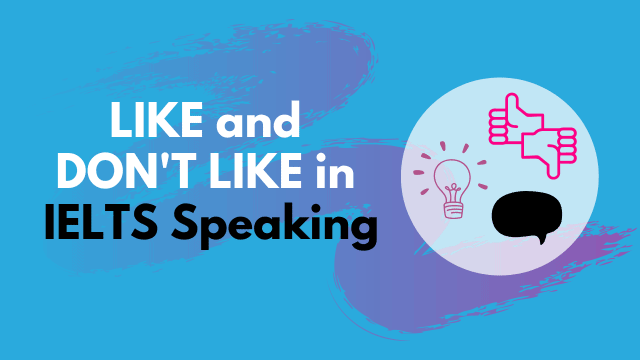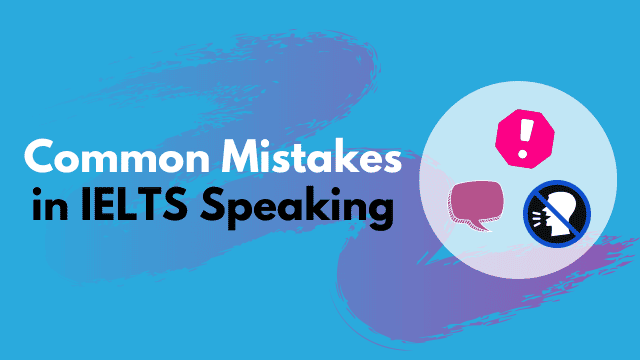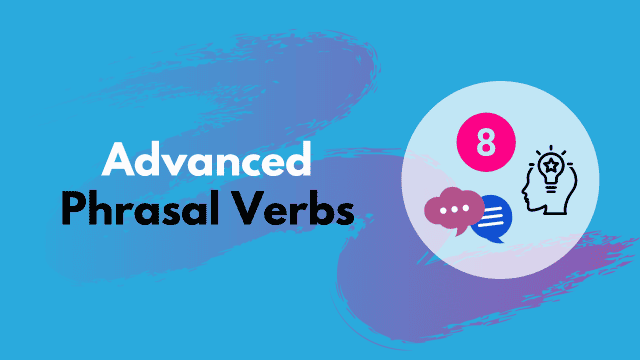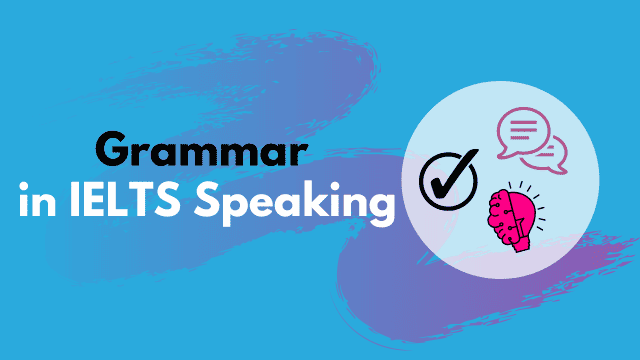The Art of Expressing Emotions: Unraveling the Spectrum of Likes and Dislikes
Introduction:
Human emotions are like colors of the rainbow, vibrant and diverse, painting the canvas of our lives. Expressing our likes and dislikes is a fundamental aspect of communication, allowing us to connect with others on a deeper level. Each emotion, from fondness and affection to strong aversion, shapes the way we perceive and respond to the world around us. In this article, we will embark on a journey through the spectrum of emotions, exploring the art of expressing likes and dislikes in various shades. From gentle fondness to passionate enthusiasm and from special preferences to profound adoration, let’s discover the language of our hearts.
Heading 1: Fondness and Affection
Subheading: “I’m fond of…”
Fondness and affection are the seeds of emotional connection, nurturing bonds with people, places, or activities that bring us joy. When expressing fondness, we radiate warmth and appreciation for the subject of our affection. Let’s explore examples of expressing fondness and affection:
Example 1: “I’m fond of animals; their unconditional love and loyalty make them incredible companions.”
Example 2: “She’s fond of gardening; tending to plants and watching them grow fills her with happiness.”
Example 3: “He’s fond of reading; getting lost in the pages of a good book is a source of comfort for him.”
Heading 2: Passion and Enthusiasm
Subheading: “I’m really into…”
Passion and enthusiasm are the sparks that ignite our interests, driving us to explore, create, and learn. When we’re “really into” something, our eyes light up with excitement, and we wholeheartedly embrace the experience. Let’s explore examples of expressing passion and enthusiasm:
Example 1: “I’m really into photography; capturing moments and telling stories through images is my ultimate passion.”
Example 2: “She’s really into cooking; experimenting with flavors and sharing culinary delights with others fulfills her soul.”
Example 3: “He’s really into astronomy; gazing at the stars and understanding the cosmos ignite his curiosity.”
Heading 3: Special Preferences
Subheading: “I have a soft spot for…”
Having a “soft spot” reveals a tenderness for specific things, evoking gentle emotions and cherished memories. These special preferences hold a unique place in our hearts. Let’s explore examples of expressing special preferences:
Example 1: “I have a soft spot for handwritten letters; the personal touch and warmth behind them make them precious.”
Example 2: “She has a soft spot for old movies; the nostalgia and charm of classic films transport her to another era.”
Example 3: “He has a soft spot for vintage cars; the craftsmanship and elegance of these vehicles captivate him.”
Heading 4: Profound Adoration
Subheading: “I absolutely love…”
Profound adoration is the epitome of affection, signifying a deep and intense love for something or someone. When we “absolutely love” something, it holds a special place in our hearts. Let’s explore examples of expressing profound adoration:
Example 1: “I absolutely love traveling; exploring new cultures and creating lasting memories enrich my life.”
Example 2: “She absolutely loves painting; expressing her emotions through art is a liberating experience.”
Example 3: “He absolutely loves music; the rhythm and melodies soothe his soul and inspire his creativity.”
Heading 5: Zealous Appreciation
Subheading: “I’m crazy about…”
Zealous appreciation denotes an ardent and unrestrained affection for something, driving us to embrace it wholeheartedly. When we’re “crazy about” something, we cannot get enough of it. Let’s explore examples of expressing zealous appreciation:
Example 1: “I’m crazy about hiking; the thrill of conquering new trails and being one with nature invigorates me.”
Example 2: “She’s crazy about fashion; experimenting with styles and expressing her individuality through clothing empowers her.”
Example 3: “He’s crazy about cars; the design, performance, and engineering behind them fascinate him endlessly.”
Heading 6: Perfect Match
Subheading: “It’s right up my alley.”
When something is “right up our alley,” it means it perfectly aligns with our preferences and interests. It feels tailor-made for us. Let’s explore examples of expressing a perfect match:
Example 1: “The adventurous trip is right up my alley; I love exploring new destinations and seeking thrilling experiences.”
Example 2: “The art exhibition is right up her alley; she appreciates creativity and is drawn to artistic expression.”
Example 3: “The science seminar is right up his alley; he’s passionate about research and scientific discoveries.”
Heading 7: Fandom and Admiration
Subheading: “I’m a big fan of…”
Being a “big fan” signifies deep admiration and loyalty. It means we support and engage with something wholeheartedly. Let’s explore examples of expressing fandom and admiration:
Example 1: “I’m a big fan of mystery novels; the suspense and plot twists keep me engaged until the very end
.”
Example 2: “She’s a big fan of a renowned chef; she follows their cooking shows and tries their recipes.”
Example 3: “He’s a big fan of a sports team; he cheers for them passionately and attends their games whenever possible.”
Heading 8: Insatiable Desire
Subheading: “I can’t get enough of…”
When we “can’t get enough of” something, it means our liking is insatiable, and we always crave more of it. Let’s explore examples of expressing an insatiable desire:
Example 1: “I can’t get enough of adventure; the adrenaline rush from extreme sports fuels my thirst for excitement.”
Example 2: “She can’t get enough of photography; capturing fleeting moments is an endless pursuit for her.”
Example 3: “He can’t get enough of learning; the pursuit of knowledge and self-improvement is a lifelong journey.”
Heading 9: Genuine Enjoyment
Subheading: “It’s something I really enjoy.”
Genuine enjoyment signifies a true sense of pleasure and satisfaction derived from an activity, hobby, or experience. Let’s explore examples of expressing genuine enjoyment:
Example 1: “Cooking is something I really enjoy; preparing delicious meals and sharing them with loved ones is fulfilling.”
Example 2: “Reading is something I really enjoy; getting lost in the pages of a captivating book is an escape for me.”
Example 3: “Playing a musical instrument is something I really enjoy; creating melodies brings me a sense of accomplishment.”
Heading 10: Experiencing Joy
Subheading: “It brings me great pleasure.”
When something “brings us great pleasure,” it conveys a profound sense of happiness and contentment. Let’s explore examples of expressing joy through this phrase:
Example 1: “Spending quality time with family brings me great pleasure; their love and support fill my heart with joy.”
Example 2: “Exploring nature’s beauty brings me great pleasure; being in serene landscapes renews my spirit.”
Example 3: “Helping others brings me great pleasure; making a positive impact on someone’s life is deeply rewarding.”
Heading 11: Lack of Enthusiasm
Subheading: “I’m not keen on…”
Lack of enthusiasm expresses a mild disinterest or lack of preference for something. Let’s explore examples of expressing a lack of enthusiasm:
Example 1: “I’m not keen on horror movies; the intense suspense and gore are not to my liking.”
Example 2: “She’s not keen on spicy food; the strong flavors overwhelm her taste buds.”
Example 3: “He’s not keen on public speaking; the idea of addressing a large audience makes him nervous.”
Heading 12: Preference Distaste
Subheading: “I’m not a fan of…”
Preference distaste indicates a dislike or disinterest in something. Let’s explore examples of expressing preference distaste:
Example 1: “I’m not a fan of crowded places; I prefer quieter and more peaceful environments.”
Example 2: “She’s not a fan of heavy metal music; the loud and aggressive sounds are not to her taste.”
Example 3: “He’s not a fan of spicy food; the intense heat is not enjoyable for him.”
Heading 13: Mismatched Preference
Subheading: “It’s not to my taste.”
When something is “not to our taste,” it means it doesn’t align with our preferences or liking. Let’s explore examples of expressing a mismatched preference:
Example 1: “The romantic movie is not to my taste; I prefer action-packed thrillers.”
Example 2: “The modern art exhibition is not to her taste; she prefers traditional paintings.”
Example 3: “The spicy dish is not to his taste; he enjoys milder and more savory flavors.”
Heading 14: Lack of Interest
Subheading: “I’m not really into…”
Expressing a lack of interest indicates disengagement or indifference towards something. Let’s explore examples of expressing a lack of interest:
Example 1: “I’m not really into fashion trends; I prefer wearing comfortable and classic outfits.”
Example 2: “She’s not really into video games; she prefers outdoor activities and sports.”
Example 3: “He’s not really into reality shows; he finds them uninteresting and repetitive.”
Heading 15: Personal Dislike
Subheading: “It’s not my cup of tea.”
The phrase “not my cup of tea” denotes a personal dislike or lack of affinity for something. Let’s explore examples of expressing personal dislike:
Example 1: “Horror movies are not my cup of tea; I find them too scary and unsettling.”
Example 2: “Spicy food is not my cup of tea; I prefer milder and more flavorful dishes.”
Example 3: “Large social gatherings are not my cup of tea; I prefer more intimate and relaxed settings.”
Heading 16: Intolerance and Disgust
Subheading: “I can’t stand…”
When we “can’t stand” something, it signifies a strong aversion or intolerance towards it. Let’s explore examples of expressing intolerance and disgust:
Example 1: “I can’t stand dishonesty; I value honesty and integrity above all else.”
Example 2: “She can’t stand smoking; the smell and health risks make her uncomfortable.”
Example 3: “He can’t stand rudeness; he believes in treating others with respect and kindness.”
Heading 17
: Unpleasant Sensations
Subheading: “I find it quite unpleasant.”
Expressing that we find something “quite unpleasant” indicates discomfort or displeasure. Let’s explore examples of expressing unpleasant sensations:
Example 1: “I find public speaking quite unpleasant; it makes me nervous and anxious.”
Example 2: “She finds horror movies quite unpleasant; they give her nightmares and disturb her sleep.”
Example 3: “He finds the taste of bitter vegetables quite unpleasant; they don’t appeal to his palate.”
Heading 18: Lack of Enjoyment
Subheading: “It’s not something I enjoy.”
When we express that “it’s not something I enjoy,” it indicates a lack of pleasure or fulfillment from the experience. Let’s explore examples of expressing a lack of enjoyment:
Example 1: “Playing video games is not something I enjoy; I prefer engaging in physical activities.”
Example 2: “Attending loud parties is not something I enjoy; I prefer quieter and more intimate gatherings.”
Example 3: “Spending time on social media is not something I enjoy; I find it time-consuming and distracting.”
Heading 19: Strong Aversion
Subheading: “I have a strong aversion to…”
A strong aversion indicates a deep-rooted dislike or repulsion towards something. Let’s explore examples of expressing a strong aversion:
Example 1: “I have a strong aversion to snakes; their presence makes me feel fearful and uncomfortable.”
Example 2: “She has a strong aversion to public speaking; it triggers anxiety and panic within her.”
Example 3: “He has a strong aversion to horror movies; the disturbing imagery leaves a lasting impact on him.”
Heading 20: Avoidance Strategy
Subheading: “I’d rather not engage with it.”
Choosing to avoid something signifies a deliberate decision to steer clear of it. Let’s explore examples of expressing an avoidance strategy:
Example 1: “I’d rather not engage with spicy food; it upsets my stomach and causes discomfort.”
Example 2: “She’d rather not engage with gossip; she believes in focusing on positive conversations.”
Example 3: “He’d rather not engage with political debates; they often lead to heated arguments and division.”
Conclusion:
Emotions are the threads that weave the fabric of our lives, and expressing our likes and dislikes allows us to connect authentically with others. From the gentle fondness that warms our hearts to the strong aversions that repel us, each emotion plays a crucial role in shaping our preferences and choices. By understanding and articulating our emotions, we build stronger connections and navigate the rich tapestry of human experiences. So, let’s embrace the language of our hearts and express ourselves with sincerity and authenticity, creating a world where emotions can be celebrated and understood.




